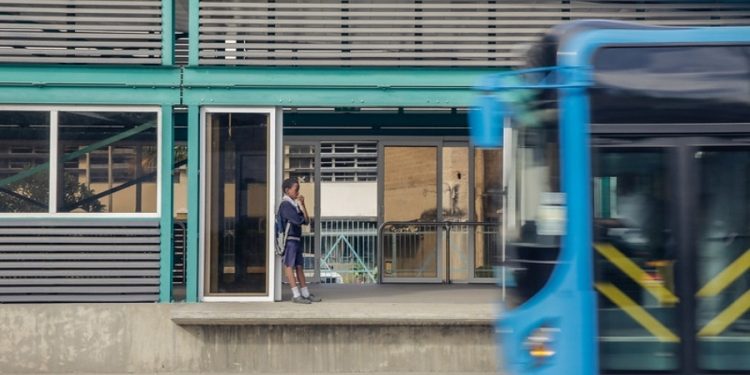By JAVIER SANCHEZ-REAZA
There is no doubt that technology is improving our daily lives. We ask Siri to set the alarm for us, let Spotify guide us through a gym session, and rely on Waze to navigate the city. What is less obvious is how technology is also on the brink of completely reshaping our cities. Particularly when cities are already coping with demographic and climate change. How they manage to adapt to these shifts while coping with demographic and climate change will have massive implications for livability in cities.
Think about it. Driverless cars could make parking lots in city centers unnecessary, liberating valuable space. Once inter-car communication is perfected, these vehicles could travel closer together at higher speeds, reducing the need for large driving surfaces. Forget about delivery trucks: drones will take their place.
Fewer workers will need to drive as telecom technology enables flexible work schedules in the gig economy. It could soon be hard to justify keeping a car at all, with Lyft and Uber bridging the asymmetry of information to provide mobility services when they are needed.
Commercial malls are shrinking as consumers turn to Amazon or Ali Baba for shopping needs. Banks are also reducing physical branches as the demand and trust for mobile banking increases.
Our paper, “The Future of Work in Cities,” maps these megatrends in detail. Some key takeaways are discussed below:
Dealing with demographic change
Aging is not happening homogenously across the globe. The future population divide is between richer aging societies and developing young economies. By 2100, the upper-middle-income countries could lose half a billion workers by the end of the century.
Cities in the developed world will increasingly have to offer solutions as residents experience decreased mobility, shrinking family sizes, and skyrocketing demand for health services.
In contrast, cities in developing countries will need to deal with mounting pressure for housing, jobs, and services – for a young and growing population. The lion’s share —85 percent—of workforce expansion will be in Sub-Saharan Africa. Incredibly, just 12 Western and mid-African countries will account for 91 percent of the world’s new workers. To meet the challenge of this workforce growth, there will be a need to create at least 40 million jobs globally each year.
Surviving spatial transformation
Such demographic imbalance will be coupled with spatial transformation. Most notably, the world’s cities are about to get a lot more crowded. Today, 2.5 billion people, or 55 percent of the population, live in cities. In 30 years, that share will expand by 60 percent, to 4.2 billion people or 68 percent of the world’s population.
But again, this change is not homogenous in nature as three-quarters of that urban growth will take place in lower-middle-income countries. In fact, more than half of the world’s urbanization will take place in just three countries: Cameroon, the Democratic Republic of Congo, and Côte d’Ivoire.
Coping with climate change
Conflict and violence in developing countries have already forced people to move and created significant pressures for countries that host asylum seekers. In the context of climate change, migration will be even more commonplace and difficult to deal with.
Already, natural disasters are displacing even more people than conflict. Since 2008, around 25 million people have been displaced by natural disasters. These numbers will likely grow as the frequency and intensity of climatic events increases – including sea-level rise, seawater intrusion, hurricanes, flash floods, heatwaves and droughts. Cities in the developed world will likely continue to receive economic migrants, displaced workers and refugees from countries vulnerable to fragility, conflict, and violence.
Is technology the answer?
Blockchain is expanding the options for entrepreneurs and digital platforms to link vulnerable populations with critical services like digital finance and social service mapping.
To maximize the best that technology has to offer, cities will need to be forward-thinking and dynamic in how they approach the three megatrends discussed above. Cities and local governments can handle these massive shifts by making technology work for their residents. They’ll need to work with market forces rather than opposing them.
Overall, the future of cities is bright: they are at the center of the new knowledge economy and the future of work.
Source: World Bank




